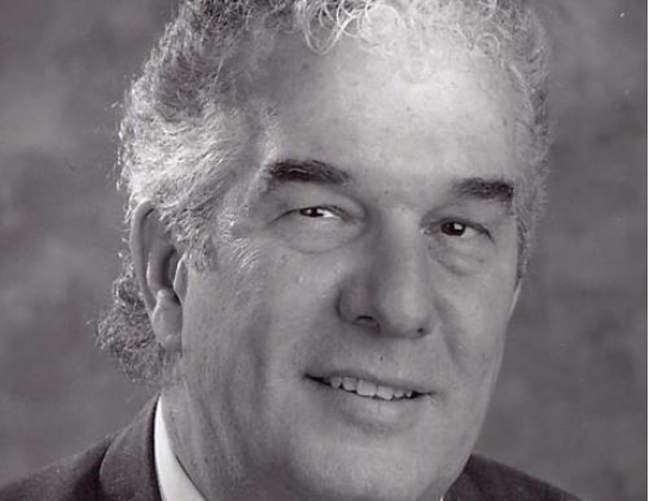What reconciliation might look like

By Beverly Sabourin and Peter Globensky
In June of this year, Justice Murray Sinclair submitted a preliminary report of the findings and recommendations of the Indian Residential Schools Truth and Reconciliation Commission (TRC). The mandate of the TRC was to complete a comprehensive examination of the legacy of the residential school system in Canada through the collection of testimony from survivors and others impacted by this misguided policy. Over 150,000 Aboriginal children were taken from their parents, placed in boarding schools and systematically strapped and stripped of their language and cultural heritage.
The 94 recommendations offers a blueprint for action to restore justice and fundamentally alter the prevailing narratives between the descendants of Canada’s First Peoples and our larger Canadian society. Implementing these recommendations begins to address the horrid third-world conditions which define the lives of so many Aboriginal Canadians and represent the most damnable of the inter-generational legacies of the soul-sapping residential schools era.
Through the tears of painful stories and the scars of memory, the Truth has been gathered and meticulously documented. But that agonizing testimony will be for naught if the recommendations for Reconciliation fall prey to the dust of archival shelves corroding in the dingy basements of government buildings across the land.
But in the context of the results of the Commission’s work what does it mean to reconcile? The common dictionary definition of “reconcile” suggests it is an active verb the purpose of which is “to restore friendly relations between people and/or to make seemingly incompatible things able to exit together without problems or conflict.”
So whose turn is it now to do the heavy lifting? Implementing most of the recommendations of the TRC has been placed squarely in the uncomfortable laps of the federal and provincial governments. But is that sufficient? Are governments in Canada solely responsible for undertaking acts of reconciliation in the name of all Canadians? Or is there more to be done?
Without question, governments in Canada must take the lead in righting current legacy grievances. The recommendations are an appropriate and excellent place to start. Additionally, the Accords (Kelowna comes to mind), and Memoranda of Agreements such as those signed by the Chiefs of Ontario and British Columbia and their respective premiers are signs of a renewing social partnership. So long as committed and engaged Canadians of all cultural stripes keep their governments’ feet to the fire with respect to these commitments, there is a real chance that positive change can occur. However, it is not only in the realm of changed policies and government practices where reconciliation can take place. We all have a burden to bear and survivors have already done their share. Nor is it up to the Aboriginal leadership in Canada to keep these issues alive.
Information and reflection are both pre-requisites to action. Compassionate Canadians can become familiar with the tragic history of Indian residential schools, the work of the TRC, and its recommendations. An excellent place to start is at the National Centre for Truth and Reconciliation at the University of Manitoba (http://umanitoba.ca/nctr). Suitably armed and depending on one’s talents and passions, there are numerous channels open to further action – the media, school boards, Councils of Clergy and churches are but a few. Penetrating the density of hoary mainstream curricula in educational institutions and introducing the Aboriginal reality into them and training educators about how to address that reality would prove of exceptional value. From where we write in Thunder Bay, St. Paul’s United Church has organized a community forum of information and suggestions for action on the Reconciliation side of the agenda. As for the visionaries and “big-picture” people out there, why not raise funds to organize a Canada-wide tour of two or three representatives of other Truth and Reconciliation Commissions in the world that have undertaken or completed their work. With over 31 of them, might we not learn from their experiences in the art and act of Reconciliation? Any takers?
All Canadians are responsible for examining attitudes towards and changing the narrative with Aboriginal Canadians. Are they generally positive or negative and if the latter, why is that – where does that come from?
Seventy years ago award-wining Canadian author Hugh MacLennan published Two Solitudes. Although it focused on the relationships between English and French Canadians, the novel could equally apply to the relationships between these two “found peoples” and the founding peoples – Aboriginal Canadians. We hope our concluding quote from him is not prophetic. “(We)….have discovered a great social secret in Canada. We have contrived to solve problems which would ruin other countries merely by ignoring their existence.”
Beverly Sabourin, recently retired as the Vice-Provost of Aboriginal Initiatives at Lakehead University, is a member of the Pic Mobert Ojibwe. Peter Globensky is a former senior policy advisor on Aboriginal Affairs in the Office of the Prime Minister and recently retired as CEO of the Canadian Council of Ministers of the Environment. They invite your comments at basa1@shaw.ca

